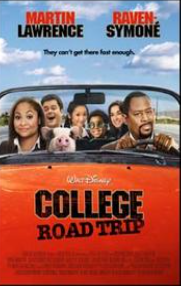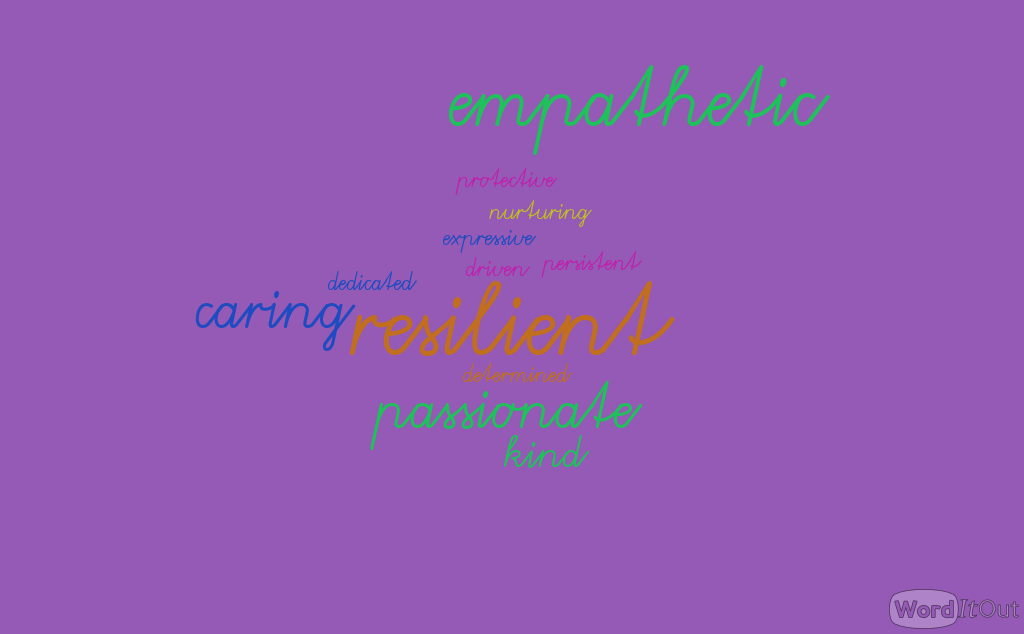Blog 10
“Overall, I hope to expand my knowledge of why cultures that differ from mine express themselves in that manner from an objective standpoint and continue to learn more about various cultures outside of class.” At this point in the course with only two chapters left I do not believe that my expectations of the course were anywhere close to what I actually learned. I realize this is because cultural competence is still a fairly new concept, especially in psychology. I was expecting the cross-cultural psychology course to have some cultural anthropology to add to the course and provide examples of the topics covered.
During this semester with all of my classes, I have learned how to plan better and manage my time. I do not have any evidence to support I have gained a skill from this course that can be applied and utilized in my professional life. The other courses I have taken this semester have strengthened or allowed me to reevaluate how I can better use the skills I previously learned. Considering the experiences, both within my personal and professional life, I believe if I continue to educate myself and listen to those within the communities that differ from my own I will continue to learn. I wish this course could have offered more insight and taken into account biases and varying perspectives when choosing reading materials.
I chose an excerpt from Takeaway Assignment 2 because that assignment was one of the few that I felt did not take into account diversity and included many blanket statements.

Blog 9
When talking about values expressed on macro and micro levels in cultures within academia it can be reflected inaccurately when everyone is not included in the conversation. I noticed this when reading the provided materials for the second takeaway assignment and my first archived item. Although I recognize it would be difficult to include every culture there currently is on record that exists, it would be beneficial to first conduct accurate research including individuals from those groups or scholars who are familiar with their culture and comparing other groups that are similar in demographics. For example, in the reading for takeaway when focusing on the United States was not a good country to include in the reading considering there is not a centralized culture with variations here compared to a country like Nigeria for more accurate results. The United States is home to many cultures due to many people of different cultures immigrating to this country bringing with them their practices, languages, and communication styles. This would make it difficult for the researchers to accurately assess the communication style.
Earlier this semester in my Psychology of Sex class during a lecture called “Do I Look Fat in This?” discussed healthy communication, verbal and non-verbal. Within that lecture, I learned that 70% of communication is nonverbal, and women are better at using and deciphering nonverbal communication. That lecture also acknowledged that nonverbal communication looks different in different cultures. For example, in Western culture, the fingertips and hand are facing up waving towards yourself is considered to be the gesture for “come here”, but in Korea, that gesture is used for animals and is considered rude to be used toward people. Instead, the fingertips and hands are facing downward waving towards themselves. These differences, although small is very important in different cultures.
This image was used because my process of learning has never been neat or organized to others.

Blog 8
Many of the observations I have had involving other cultures has been limited to the media from their culture. Although this does give pop culture references, mannerisms, social practices, etc. I recognize that not everything in the media is accurately portrayed. In the media, I have seen and my personal experience in comparison to the article, many things are similar. I believe that many cultures have this phrase in their own language, “The eyes are windows to the soul.”, this is how the concept of universality applies to my experiences.
Disgust, joy, and many other emotions are conveyed heavily around and through the eyes, this is why I can understand the confusion from the American participants but also the responses from the Japanese participants. It is easier to control expressed emotions in other portions of the face than it is in the eyes. An expression that is an example of this is a grimace. In other cultures, it can be seen as a display of arrogance, pride, or disrespect when in reality it is a sign of discomfort, stress, or an effort to control emotions.

I chose this image because the eyes in all of the emoticons can still give an accurate representation of the emotion they are trying to convey. This is also a more modern representation of the emojis that were used in the article.
Blog 7
I agree with the idea that fairy tales reflect a shared set of cultural norms and values. As seen in other Disney movies or children’s media in general most kids look up to the characters they can relate to or identify with the most. For example, in Sesame Street, which has always been known for many of the characters coming from different backgrounds. There are characters that have disabilities, single-parent households, cultural or ethnic differences, etc. Raven-Symone’s character in “College Road Trip” is not someone I identified with, but a character that influenced me. In that movie, Symone’s character is leaving for college, as a child watching this movie I did not know anything about college. Looking back now I believe that moment is the reason I went to college, not because of the contents in the movie, but because I saw a movie about a Black girl going to college and achieving great things.

Blog 5
I am… resilient.
I am… my ancestor’s wildest dreams. (interdependent)
I am… authentic.
I am… prosperous.
I am… intelligent.
I am… empathetic. (interdependent)
I am… defiant. (interdependent)
I am… dynamic.
I am… taciturn. (interdepedent)
I am D’Onna.
Above I marked the statements that I believe reflect interdependence within myself. The second answer is dependent upon family members before me that I may or may not have known. Many of them would consider me their wildest dreams in many ways other than the most obvious ways. Being empathetic can be interpreted as interdependent or independent depending on how it is looked at. I chose to label it as interdependent because although I am empathetic by nature, regardless of the person, empathy still involves others. I also chose defiant because of the negative connotation the word has. I do not view myself as defiant in the sense that it is negative, many people, events, art forms, ideologies, etc. were labeled as defiant because they challenged the status quo. Finally, I chose taciturn because my social levels depend on my comfort level and what role the individual or group of individuals play in my life. Seeing as most of my “I am” statements are lean more towards independence, I would say I identify more with the independent label.
- When I eat, we all eat./ When I have, you have.
- Closed mouths don’t get fed.
- Sometimes the “m” in masses is silent./ Be a leader, not a follower.
- What’s good for the goose isn’t always good for the gander.
I believe the phrases I listed above are more independent. The first phrases are the only ones that can definitively be considered interdependent. The other phrases push individualized thinking. I grew up hearing these phrases and although they promote independence they aren’t so rigid that it only accounts for the individual. They allow the individual to make decisions for themselves while remaining mindful of others and their individualism as well.

Blog 3

I chose to title it D’Onna not Donna because too often in my life I have shrunk myself and not corrected those who were incorrectly identifying me. Whether it was by name or otherwise I no longer allow myself to not take up space and allow others to comfortably misidentify me.
Blog 2
I am a first-generation college student who before high school did not really know college existed or what it meant. I decided to continue on to higher education because I wanted to be a doctor. As I have experienced college and the things offered I have expanded the small list of reasons for why I decided to continue. Although I knew nothing and barely had a plan my family and teachers who I was close with supported me and they continue to. My father in particular is a person who I would like to highlight. My father is a single father who uprooted his life in New York to move out of a dangerous situation and moved to Virginia to raise me and my older brother. My father has always been one of my biggest supporters and loudest cheerleaders. I chose the image below of my father and me at my elementary school fair, one of many that he would take off work to take me to.
Blog 1
I believe this course will give me the answers to questions I have had for years and provide “a face to the name”. “Why do people within this culture greet others that way?”, “Why do people in this culture celebrate that way?”, “How did this event affect the way people within that culture interact with one another?” I am hoping this course will answer those questions, introduce more thought-provoking questions, and answer those as well. Overall, I hope to expand my knowledge of why cultures that differ from mine express themselves in that manner from an objective standpoint and continue to learn more about various cultures outside of class. Currently, I use a physical planner and the calendar app on my phone to keep track of assignments. As the course progresses I will tweak the ways I study for this course. In the past, I made my own study guides with an answer key and multiple blank copies. That method has helped me in many classes, but not all as the course continues I will either use my study guides or find a new method to ensure I learn and remember the material.
This is a partial screenshot from Take Away assignment 1. I chose this image because I believe it gives those who do not know me a small but accurate picture of who I am. In this screenshot, I mention my diverse music playlist and provide a screenshot of my shuffled playlist. My interest in different cultures expands further than music and other forms of art. I enjoy learning about mannerisms, customs, cultural practices, and languages.